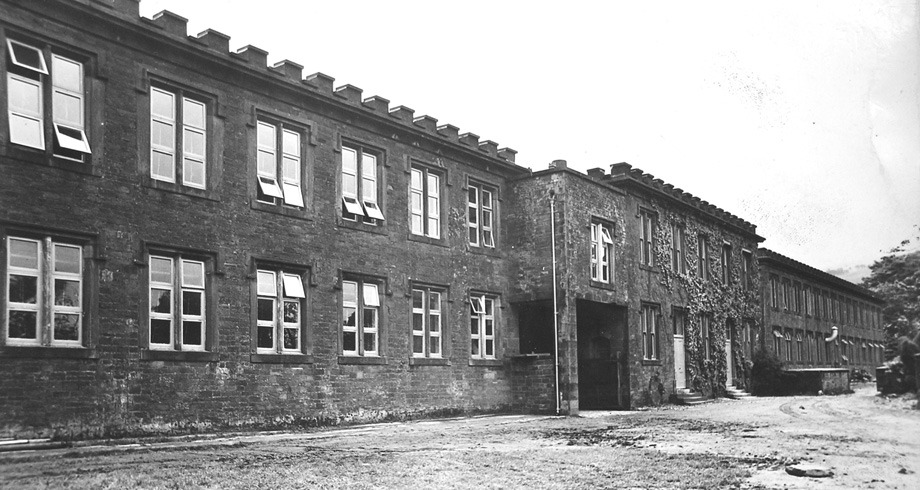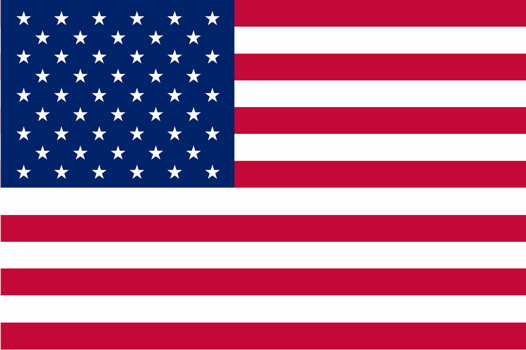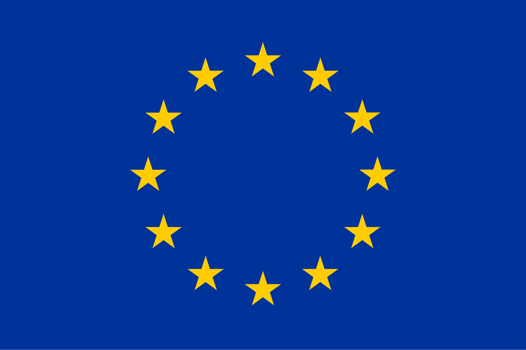We use cookies to make your experience better. To comply with the new e-Privacy directive, we need to ask for your consent to set the cookies. Learn more.
About Us


1918
Jacques Spreiregen returns to civilian life after WWI and enters into the headwear business in 1918 as an importer of Basque berets from France. A timeless classic, an incarnation of this beret has been in the Kangol line ever since.


1938
Marketing them as a must-have post-war fashion item, Jacques becomes increasingly involved in the production and distribution of berets over the next 20 years. In 1938, Jacques creates the name KANGOL to distinguish himself from the competition. The most widely believed theory is that the founder combined the K from knitting, the ANG from angora, and the OL from wool. Whatever the true origins the name was an inspired invention. Officially born in Cleator, Cumbria in the U.K., Kangol gained notoriety as a brand for providing berets to the British army in WWII, most notably for General Bernard Montgomery. The anglo tradition continued in the post war years as Kangol outfitted the English Olympic Team with berets for the 1948 opening ceremonies.


1954
The beret was re-designed into the first of the now famous Kangol caps by using stiffened materials to form a peak. The Carricap was made at Carrick’s premises in Carlisle. It was designed by one of Carrick’s designers


1964
The business did flirt with the Swinging Sixties. The most influential youth icons of the 1960s were the Beatles. In 1964 Kangol Wear obtained the sole right to make and distribute worldwide any headgear which featured the image, endorsement or name of the Beatles. Eileen Greig designed a range of Beatles caps and berets. Kangol Wear even organised a joint promotion with the press to publicise her creations. This began to grow the brand’s credibility in the music world of the 1960s.


1981
In 1979 hats are still being produced in the UK, however, the focus was on the US market, particularly golf and music. In 1981 Kangol enlisted world famous miliner Graham Smith, who developed the luxurious yet affordable headwear collection called “Graham Smith for Kangol.” Under this label he created hats for the 1980s British Airways cabin crew.


1983
Princess Diana appears in Vogue wearing one of Smith's pieces in 1983.
In 1983 it was recognized that Kangol needed a mark to distinguish the world famous product. The Cleator factory in Britain had been experimenting with logos and sent out a whole batch for his review. These ranged from crocodiles to horses and turtles. Americans had been going into stores asking for the “kangaroo” hats. So instead of trying to fight it, Kangol adopted the Kangaroo into the logo.


2012
Today Kangol produces a wide range of headwear, that crosses generations and cultures. It’s not just hip hop and it’s not just heritage. Kangol is not just a fashion brand. Kangol is a cultural fashion fusion, taking the very best of British heritage and retro hip hop and mixing it with future fashion. Kangol seeks to satisfy a new generation of consumers without discarding, abandoning or alienating the people who put it where it is today. This is demonstrated in the mutual respect that is exchanged between Kangol and the talented, influential individuals the brand collaborates with. In the past decade Kangol has worked with Antoni & Alison, ALIFE, Hiroshi Fujiwara, D*Face, Apishangel, Pure Evil, SSUR, Stereo Sound Agency, Commes Des Garçons, INSA, Evil Monito, Katherine Hamnet, Married to the MOB and Catherine Malandrino.


2013
2013 marked the 75th anniversary of Kangol. To honor this accomplishment, we hosted a year-long run of global activations taking place in New York, Hong Kong, Taipei, Sydney, Seoul and Tokyo. Each event featured various aspects of art, music, sport and fashion, encompassing all facets of the Kangol lifestyle.


